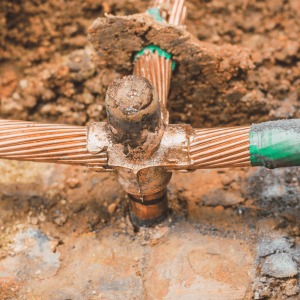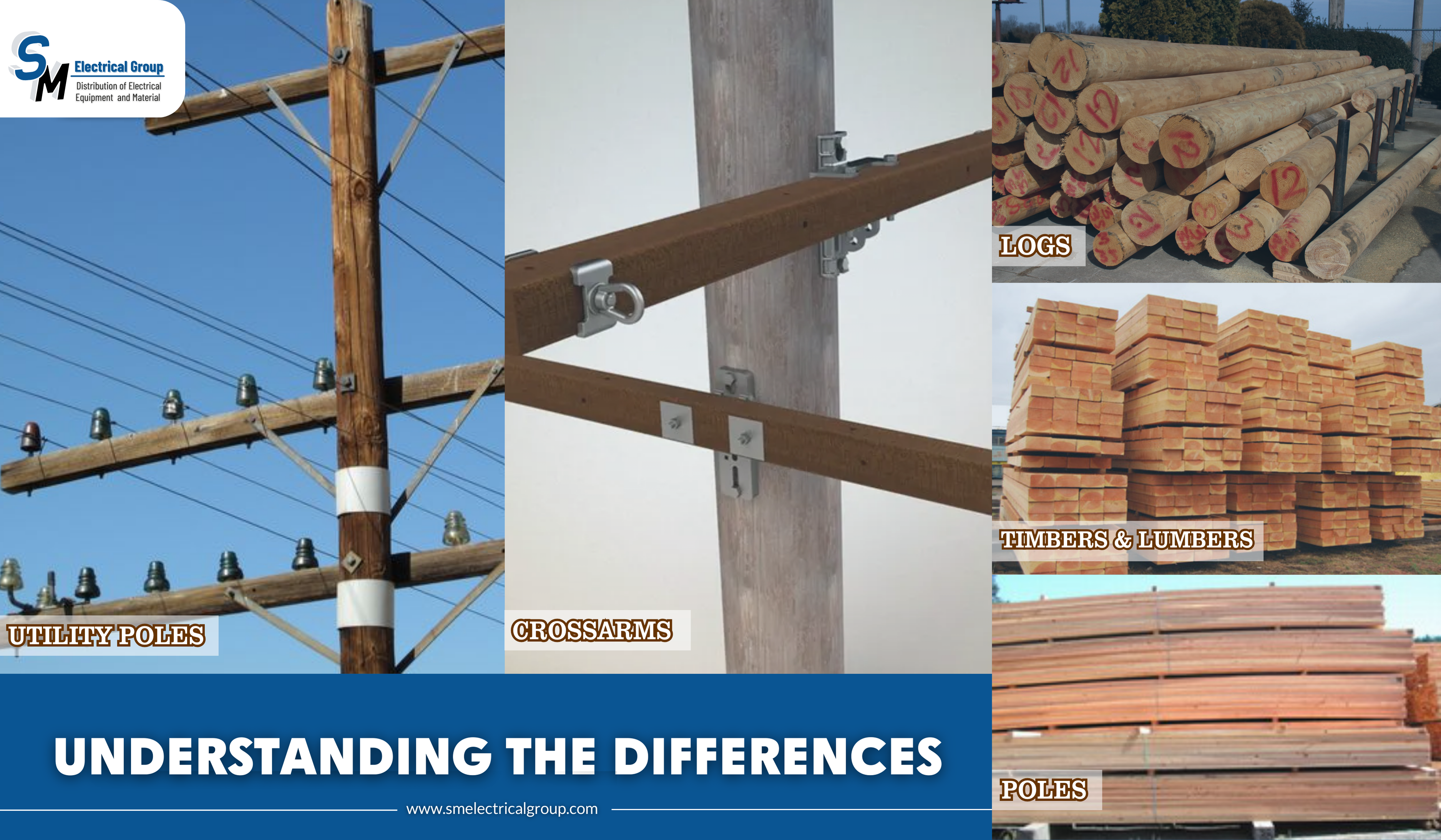Activate Windows 10 Using KMS Activation for Windows 10: Step-by-Step Guide
The kms activation for windows 10 is a popular method used by organizations to activate multiple copies of Windows 10 efficiently. This method is part of the windows 10 activation process that relies on volume licensing, allowing businesses to manage licenses for many devices at once. The kms activation process involves connecting each Windows 10 device to a kms server connection, which verifies and activates the software without needing individual product keys for every machine.
Windows 10 volume activation through KMS is designed to simplify the activation for large-scale deployments. Instead of activating each device separately, the kms server connection handles the activation requests from multiple computers, making the process faster and more manageable. This approach ensures that all devices remain compliant with licensing agreements while reducing the administrative workload.
Understanding the kms activation process is important for IT professionals who manage volume licensing in their organizations. By using the kms server connection, they can automate the windows 10 volume activation and keep track of all activated devices. This method is reliable and secure, providing a seamless way to activate Windows 10 across many systems without manual intervention. Overall, kms activation for windows 10 is an effective solution for businesses needing to activate numerous Windows 10 installations efficiently.
Understanding KMS Activation for Windows 10 and Volume Licensing Management
KMS activation for Windows 10 is a key management service designed to help organizations manage volume licensing easily. This method supports enterprise activation by allowing many devices to be activated using a centralized system. Instead of using individual product keys, the key management service simplifies windows activation methods by handling multiple devices at once. This is especially useful for companies that need to manage windows 10 licensing for a large number of computers.
Using volume licensing with KMS activation makes it easier to control and monitor licenses across an entire organization. It ensures that all devices comply with licensing rules while reducing the need for manual activation on each machine. Enterprise activation through KMS is a practical solution for businesses looking to streamline their windows activation process.
What is KMS Activation and How Does It Work for Windows 10?
KMS activation is a process where a kms host acts as a server to activate Windows OS activation requests from client computers. The kms activation process involves setting up a kms client setup on each Windows 10 device, which then connects to the kms host to verify and activate the software.
When a Windows 10 device needs activation, it contacts the kms activation server on the network. The server checks the request and, if valid, activates the device without requiring a unique product key for each one. This method is part of windows activation methods that support volume licensing and enterprise activation.
Benefits of KMS Activation in Enterprise Environments
KMS activation offers several kms activation benefits, especially for enterprise environments:
- Centralized activation: All devices connect to a single kms activation server, making management easier.
- Streamline activation process: Automates activation, reducing manual work for IT staff.
- Multiple device activation: Supports activating many devices at once, ideal for large organizations.
“KMS activation helps businesses save time and resources by simplifying the activation of Windows 10 across many computers.”
This approach ensures that enterprise environments maintain compliance with licensing agreements while improving efficiency.
Supported Windows 10 Versions for KMS Activation
KMS activation supports several versions of Windows 10, including:
- Windows 10 Enterprise Edition
- Windows 10 Pro (activated using windows 10 pro activator tools)
- Other editions covered under windows 10 volume activation
These versions are part of windows 10 licensing programs that allow volume activation through KMS. This makes it easier for organizations to manage licenses for different Windows 10 editions under one system.
List of KMS Servers and How They Facilitate Network Activation
A list of kms servers includes various kms activation servers set up within an organization’s network. These servers handle network activation by responding to activation requests from client devices.
- The kms activation tool on the server manages the kms server connection.
- Devices on the network contact the kms activation server to receive activation.
- This setup supports efficient activation without needing internet access for each device.
Using a kms activation server ensures that network activation is smooth and reliable, helping organizations maintain control over their Windows 10 licensing.
Setting Up and Using KMS Activation for Windows 10
Setting up KMS activation for Windows 10 involves preparing both the kms host and the client machines. The kms host acts as the central server that handles activation requests from multiple Windows 10 devices. To begin, you need to perform a proper kms client setup on each computer that requires activation. This setup includes installing the correct kms activation key and configuring the system to communicate with the kms host.
The windows 10 kms setup process is guided by a kms activation guide, which provides detailed instructions on how to configure the host and clients. Once the kms host is ready and the kms client setup is complete, the kms activation key is used to activate Windows 10 on each device. This method simplifies activation by allowing many computers to be activated through a single kms host, making it ideal for organizations with numerous Windows 10 installations.
System Requirements for KMS Client Setup and KMS Host Configuration
Before starting the kms client setup and kms host configuration, it is important to ensure your environment meets certain requirements. These requirements help guarantee a smooth windows 10 licensing and activation process.
-
KMS Host Requirements:
- A server running a supported Windows Server version or Windows 10 with volume licensing.
- Proper installation of the kms activation key on the host.
- Network connectivity to allow client devices to reach the kms host.
-
Client Requirements:
- Windows 10 devices configured for volume licensing.
- Correct kms client setup to communicate with the kms host.
- Access to the network where the kms host is located.
The kms activation process depends on a stable kms server connection and proper volume licensing to work effectively. Meeting these system requirements ensures that activation requests are handled without errors.
Step-by-Step Guide to Activate Windows 10 Using KMS Activation Process
Activating Windows 10 using the kms activation process involves several clear steps. Following this kms activation guide helps users complete the windows 10 kms setup correctly.
- Install Windows 10 on the client machine with a version that supports volume licensing.
- Configure the KMS Client Key by entering the kms client key specific to your Windows 10 edition.
- Connect to the KMS Host using the kms activation tool or command line to initiate activation.
- Verify Activation Status to confirm that Windows 10 is properly activated.
This step-by-step approach ensures that the windows 10 activation process is completed efficiently and without issues.
Using KMS Client Keys and Activation Tools for Windows 10 Enterprise Edition
Windows 10 Enterprise Edition requires specific kms client keys and activation tools for proper activation. The kms client key is a unique code used during the kms client setup to identify the edition and enable activation through the kms client activator.
The kms activation tool is used to manage the activation process on client machines. It communicates with the kms host and applies the windows 10 kms key to activate the system. Using these tools and keys ensures that Windows 10 Enterprise Edition is activated correctly and remains compliant with licensing terms.
Troubleshooting Common KMS Activation Issues and How to Resolve Them
Sometimes, kms activation troubleshooting is needed when activation does not complete successfully. Common kms activation issues include problems with the kms server connection or incorrect windows 10 activation key usage.
To resolve these issues, follow this kms activation guide:
- Check Network Connectivity: Ensure the client can reach the kms host.
- Verify KMS Host Configuration: Confirm the kms host is properly set up and running.
- Confirm Correct Activation Key: Make sure the windows 10 activation key matches the installed edition.
- Use Activation Logs: Review logs for specific error messages to identify problems.
“Proper troubleshooting helps maintain smooth activation and prevents downtime caused by kms activation issues.”
Frequently Asked Questions About KMS Activation for Windows 10
KMS activation is a popular way to activate Windows 10 using a centralized system. Many people have questions about how it works, what to do if problems happen, and the different ways to activate Windows. Here are some common questions and answers about the kms activation process and windows activation methods.
KMS activation uses a special windows 10 activation key that works with a kms server connection. This key helps activate many devices without needing a unique key for each one. The kms activation process is part of windows activation methods designed for volume licensing, which is helpful for businesses and schools.
Sometimes, users face kms activation troubleshooting when activation does not work as expected. Common issues include network problems or incorrect keys. Troubleshooting involves checking the kms server connection and making sure the correct windows 10 activation key is used.
How Do I Activate My Windows 10 for Free Using KMS?
To activate Windows 10 for free using KMS, you can use tools like windows 10 activator txt or kms auto. These tools help automate the activation process by acting as a kms client activator. They apply a windows 10 pro activation key free of charge and can also work with windows 10 pro activator setups.
Here’s how it usually works:
- Download a kms activation tool or windows 10 activator txt file.
- Run the kms auto or kms client activator to connect your device to a kms server.
- The tool applies the windows 10 pro activation key free to activate your system.
- Activation is completed without needing to buy a key from Microsoft.
“Using kms auto tools can simplify activation but always ensure you follow legal guidelines.”
What Are the Different Windows Activation Methods Available?
There are several windows activation methods to choose from depending on your needs:
- Volume Licensing: Used by organizations to activate many devices with one license.
- KMS Activation: Connects devices to a kms server for activation without individual keys.
- Microsoft Activation Servers: Used for retail or OEM licenses where each device activates directly with Microsoft.
- Windows OS Activation: General term for any method that activates Windows, including digital licenses and product keys.
Each method has its own advantages and is suited for different environments. Volume licensing and kms activation are common in enterprise settings, while Microsoft activation servers are typical for personal use.
How to Streamline Activation Process Across Multiple Devices?
In enterprise environments, it’s important to streamline activation process to save time and effort. Using kms activation benefits organizations by allowing multiple device activation through centralized activation.
Key points to streamline activation:
- Set up a centralized activation server (KMS host).
- Connect all devices to this server for activation.
- Automate the activation process to reduce manual work.
- Manage licenses efficiently across multiple devices.
“Centralized activation helps IT teams handle large numbers of Windows 10 devices quickly and reliably.”
What to Do When KMS Server Connection Fails?
If your kms server connection fails, you may face kms activation issues that stop Windows from activating. Here are some kms activation troubleshooting tips:
- Check network settings to ensure the device can reach the kms server.
- Use a kms activation tool to verify the server is running properly.
- Follow a kms activation guide to confirm all configurations are correct.
- Restart the kms server or client machine if needed.
“Troubleshooting kms activation issues quickly restores activation and keeps devices compliant.”






